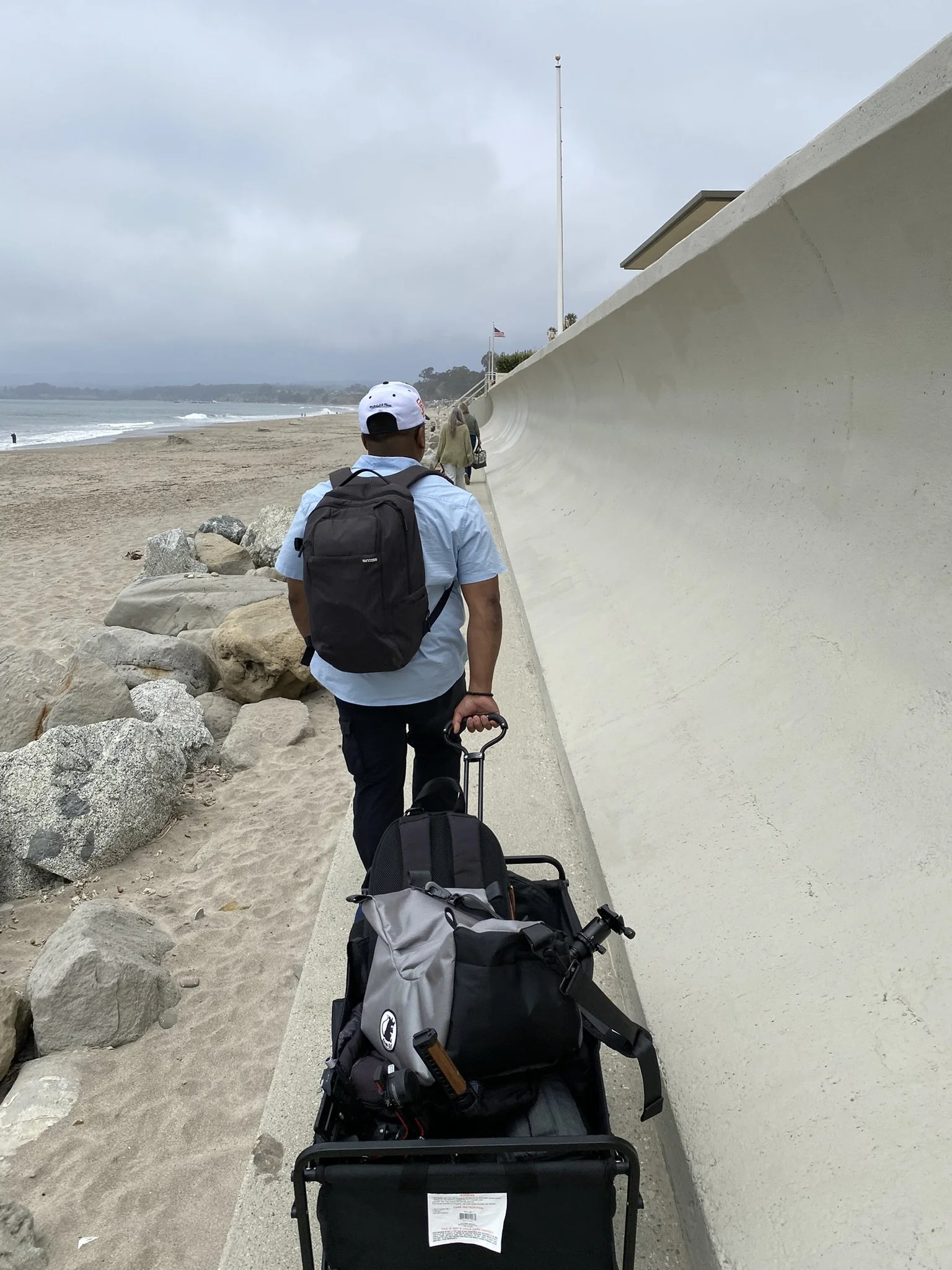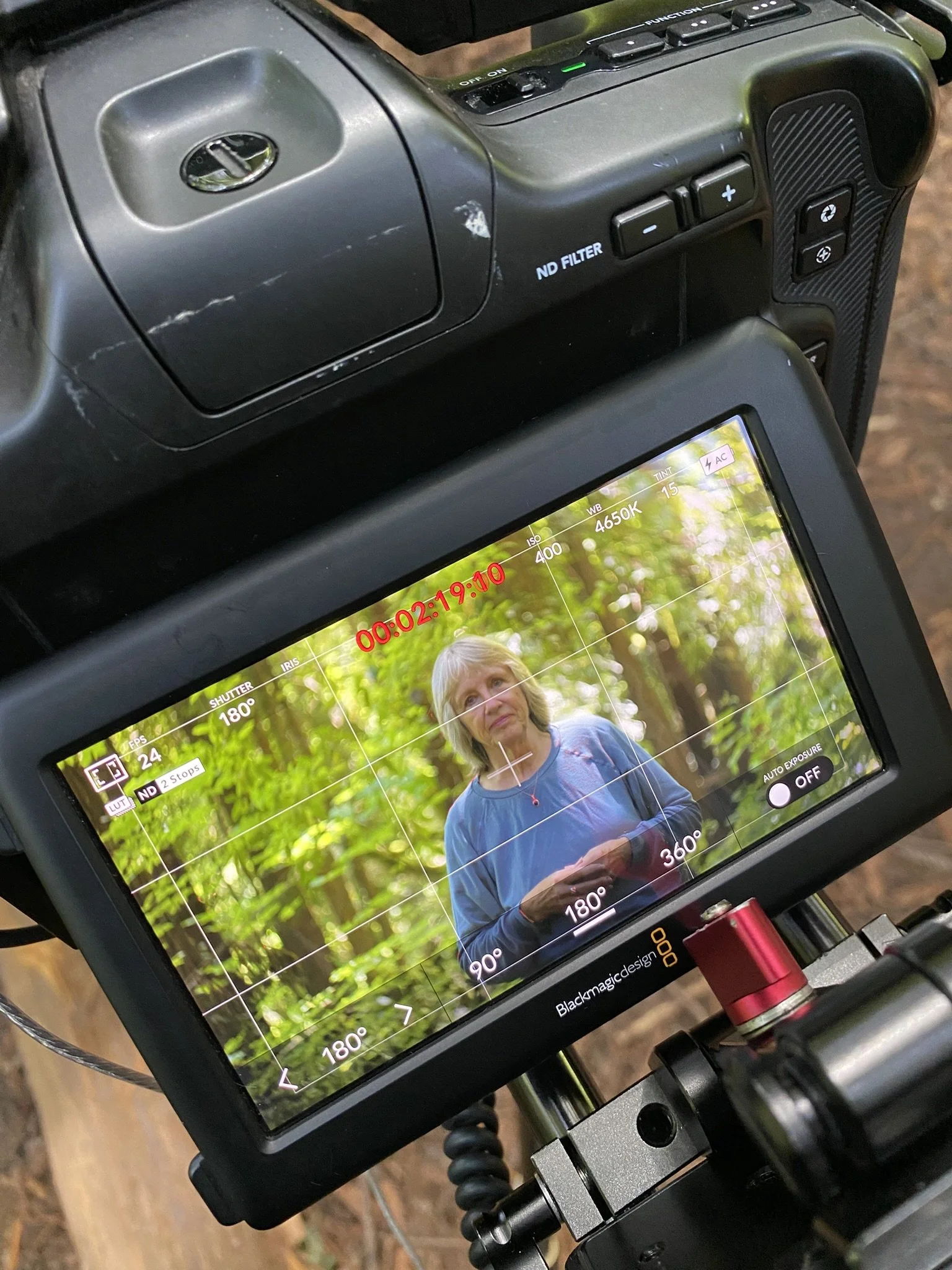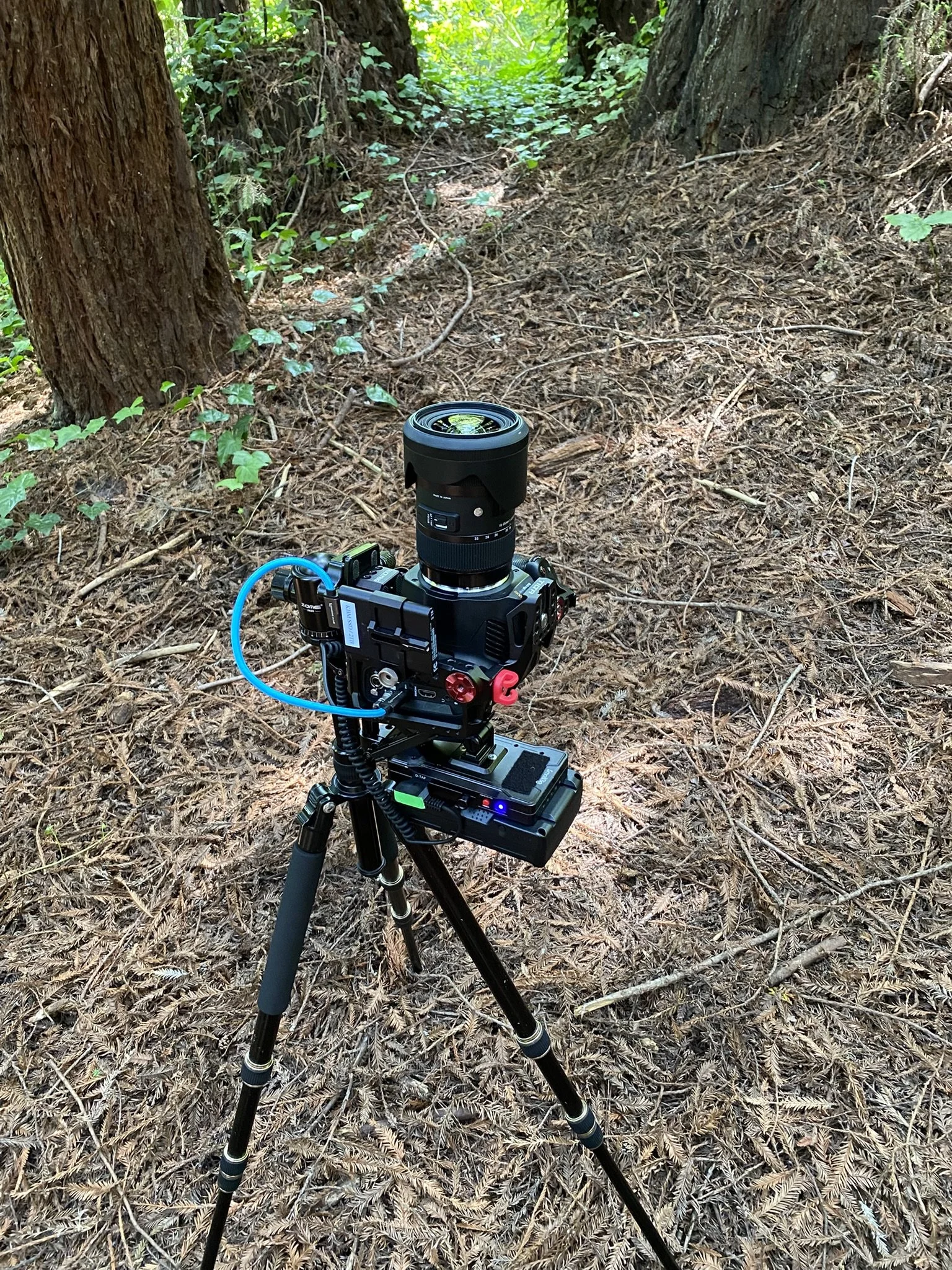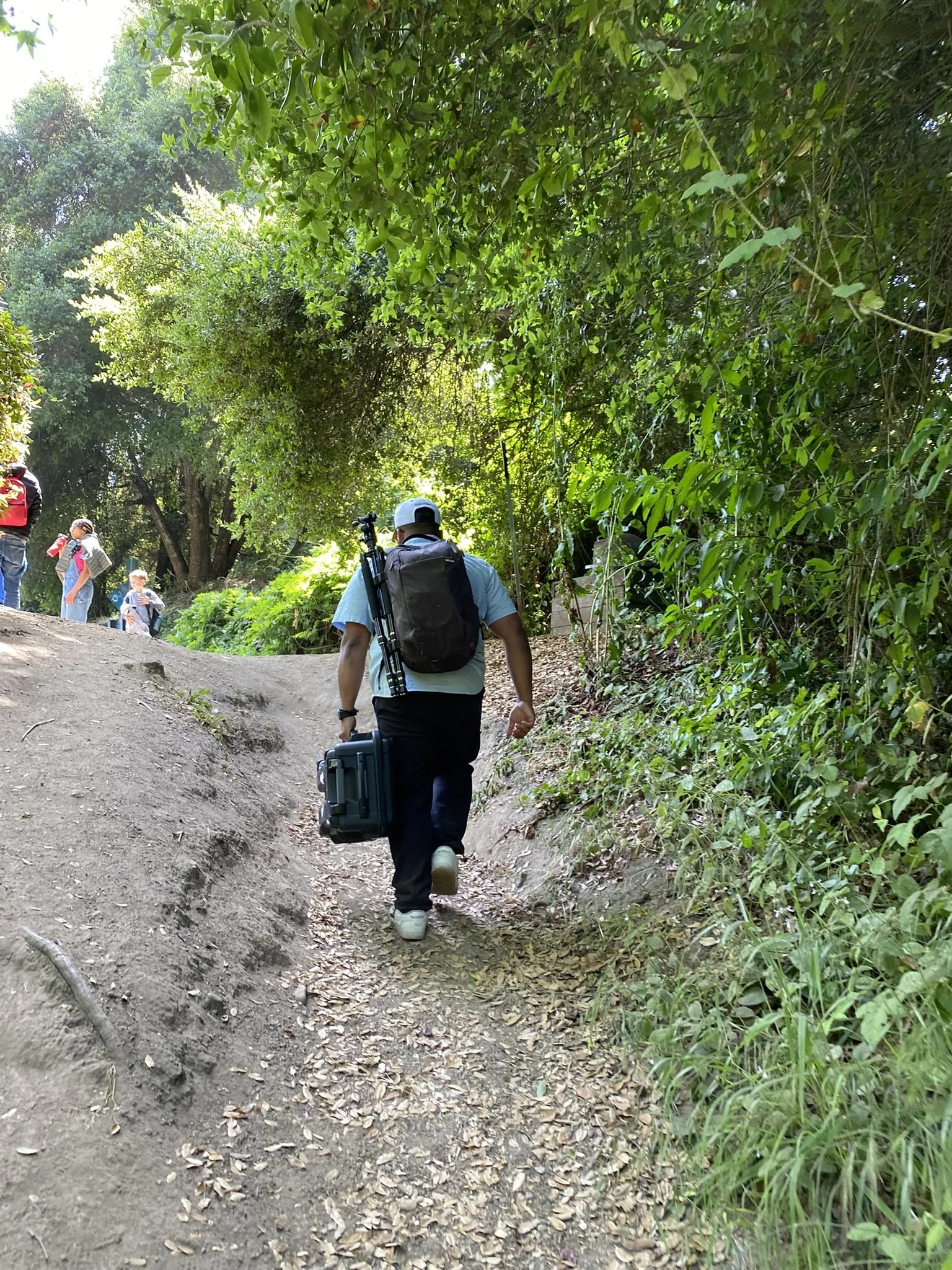How We Created a Non-Profit Brand Story Video That Feels Like a Film
Published on: August 12, 2025
How do you translate healing, transformation, and human connection into a 3-minute video?
That was the challenge LifeSpheres brought to us. Founder Diana Canant wasn’t looking for a generic nonprofit explainer.
She wanted something cinematic. Emotional. A story that could move people to act, not just inform them.
One that would make potential donors and supporters feel the depth of LifeSpheres’ mission from the very first frame.
LifeSpheres is doing something different—something deeply human—and they needed a video that reflected that.
So we got to work.
At Kasey Bruce Media, we specialize in video production for non-profits who want to lead with story, soul, and strategy. For this project, we collaborated closely with Diana to create a film-like brand story that was grounded in truth, full of heart, and visually unforgettable.
The Goal: Awareness, Empathy, & Funding Support
LifeSpheres approached us with a clear but ambitious goal:
“We want people to understand why our work matters—and inspire them to support it.”
They didn’t just want a highlight reel. They needed a story. One that showed how LifeSpheres helps people reclaim wholeness and rediscover themselves after personal and systemic trauma. A video that would resonate with Bay Area funders, while still reflecting the heart of their work—much of which takes place in South Africa.
The audience? Donors, partners, and advocates in California who could help take the organization’s impact to the next level.
Creative Approach: A cinematic Brand Video
We aligned quickly on the direction: one flagship Brand Story video (3–4 minutes long) that blended new footage, legacy content, and powerful interviews. It would center on Diana’s voice and vision, while incorporating first-person stories from past program participants.
Our creative inspiration came from videos like this one by the Ellen MacArthur Foundation: Building a Regenerative, Restorative Economy
We aimed for a similar cinematic, mission-forward tone—with our own visual spin.
Our storytelling elements:
Cinematic b-roll in Santa Cruz’s redwoods and on the beach
Mini-interviews with program participants in San Francisco
Script co-writing with Diana to ensure authenticity and clarity
Incorporation of archival content (South Africa images/videos)
Custom title animation, statistic overlays, and a refreshed logo animation
We wanted this to feel less like a “nonprofit explainer” and more like a short film—something a funder could watch and walk away thinking:
“This is important. I need to be part of this.”
Production Highlights: 2 Locations, 1 Powerful Message
We filmed across two half-days—one in Santa Cruz and one in San Francisco—each carefully designed to support different parts of the narrative.
Day 1: Santa Cruz — Nature as a Metaphor
We filmed on the beach and in the forested redwoods near Santa Cruz. These natural environments weren’t just beautiful—they visually reinforced LifeSpheres’ emphasis on reconnection, reflection, and personal growth.
We filmed Diana’s main talking points here, treating each location like a set. While we had a script, we left space for organic emotion and natural flow. This also allowed Diana’s words to land more sincerely on camera.
The weather and natural elements added a few hurdles:
Noisy ocean waves made consistent audio challenging
A large concrete sea wall interfered with our lavalier microphone frequencies
Uneven terrain made traditional camera rigs unworkable
But that’s where our experience came in. Instead of forcing polished setups, we adapted.
I rented a camera saddle (this one by Rat Bag to be exact) to help stabilize handheld footage while still capturing a dynamic, natural feel. That was key—this wasn’t a scene that called for smooth gimbal work or stiff tripods. This story needed the kinetic energy of human connection which naturally comes through using handheld shots.
Day 2: San Francisco — Real Stories
We spent a second half-day in San Francisco interviewing two past program participants. Their stories added essential emotional depth to the piece, grounding the video in lived experience.
It was important that we filmed in locations that felt authentic to each speaker. We didn’t want staged “talking head” footage—we wanted voices that belonged in the visual world of LifeSpheres.
We guided each person through their interviews, offering on-site coaching to help them feel comfortable on camera. These moments were unscripted, heartfelt, and powerful.
Layering Story & Style in Post:
After collecting all the footage, audio, and archival content, we began editing the full 3–4 minute Brand Story Video.
Because we had a script to go off of, it made the process a lot easier.
I truly believe that the magic really happens in the edit. In this stage, one is piecing together all the visuals and narrative threads into one seamless, story-driven video.
Creative Editing notes:
Narrative structure led by Diana’s voice, framed like a documentary
Testimonial soundbites woven into emotional highs and transitions
Archival clips and photos from South African programs added in contextually
Custom motion graphics: animated titles, logo reveal, and stat callouts
Color grading to give the footage a grounded, cinematic tone
Each creative decision was rooted in strategy. For example:
We used water imagery like crashing waves or soft ripples to visually represent the internal state of someone with trauma in their life.
We used soft, ambient music that slowly builds—mirroring the journey of transformation that LifeSpheres facilitates.
Real-World Challenges: Audio, Weather, and Wild Terrain…
This was a great project however it wasn’t all sunshine-and-rainbows.
As with any documentary-style production, we encountered real-world obstacles that required quick thinking:
Sound issues: Between wind noise, crashing waves, and concrete interference, our mics had to be adjusted constantly.
Gear hauling: Carrying camera gear across dirt trails and sand dunes wasn’t easy. Thankfully, my assistant was on hand to help lift (literally) and capture some behind-the-scenes magic.
Coverage concerns: Diana and I reviewed the script multiple times to make sure we had enough takes—and enough emotional variety—to edit with flexibility.
Despite the unpredictability, the rawness worked in our favor. It made the story feel grounded and alive.
Behind the Scenes
Photography provided by Photographer Oscar Lim
Testimonial from Diana C. Founder of LifeSpheres:
“All I have is high praise for Kasey and his team. Honestly, there is so much to say about what a fabulous experience this was, and how it resulted in such an excellent, valuable video, for which my team and I are truly grateful. Suffice it to say, Kasey went above and beyond to do what it takes to provide us with the branding video we have needed for many, many years. We could not afford it but Kasey helped us to make it happen”
Storytelling for Nonprofit Organizations with Purpose
At Kasey Bruce Media, we believe nonprofits deserve videos that are just as thoughtful and well-crafted as any commercial brand.
This project reminded us of what makes storytelling for nonprofit organizations so powerful—it’s not about selling. It’s about showing. Showing transformation. Showing impact. Showing why it all matters.
If you’re a nonprofit in California or the Bay Area looking to bring your mission to life through video, we’d love to collaborate. Whether it’s a brand story, a campaign video, or your first time on camera, we’re here to help shape your message and move your audience.
🎥 Explore our nonprofit video services →
📩 Get in touch about your next project →


















